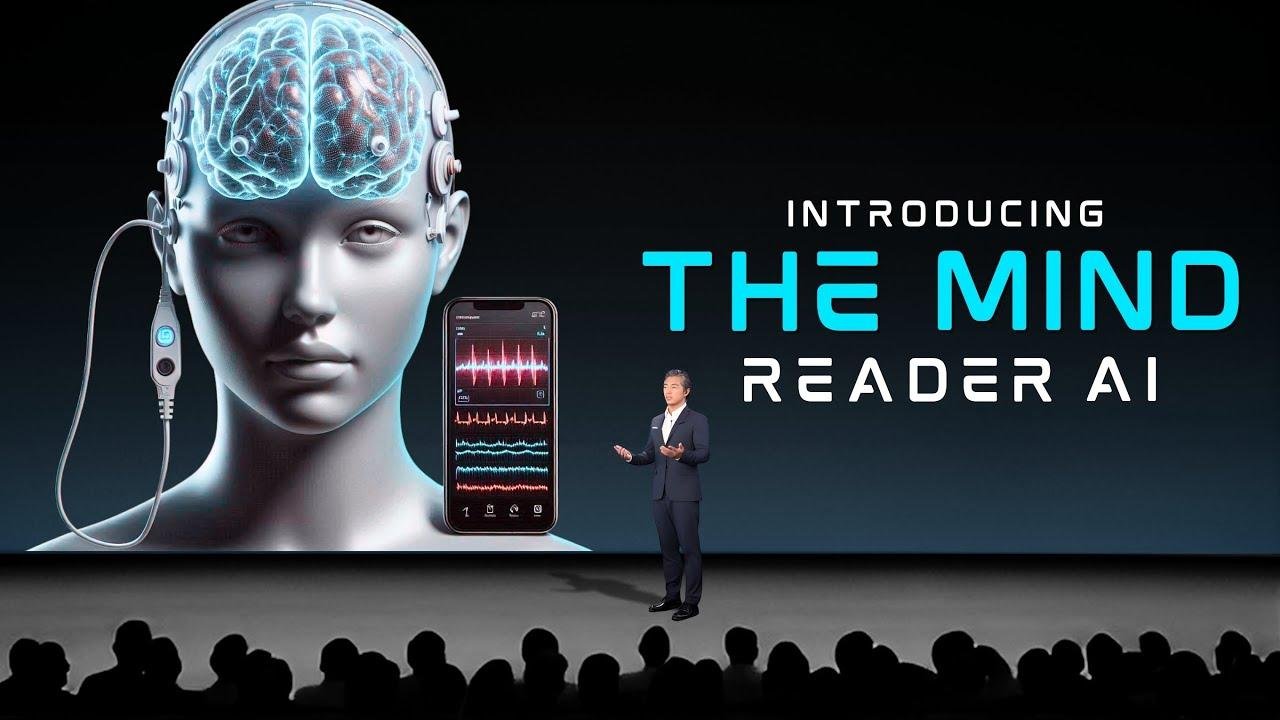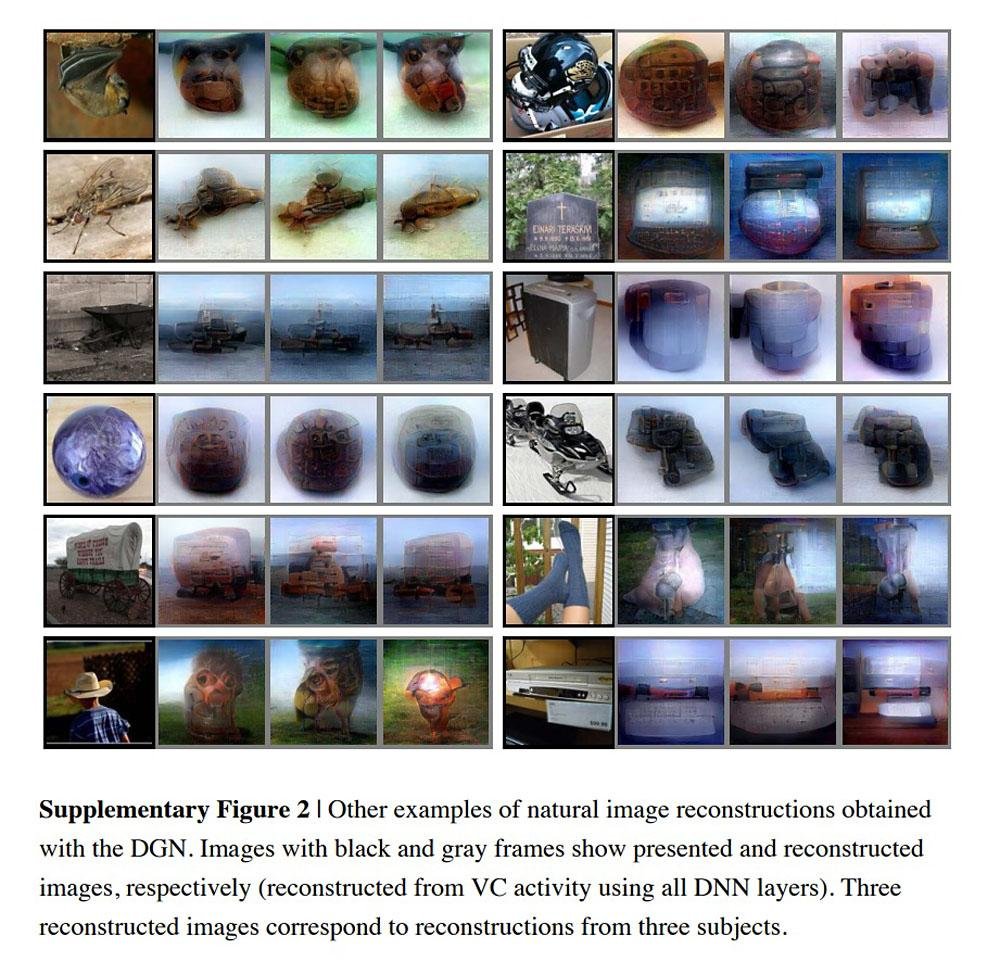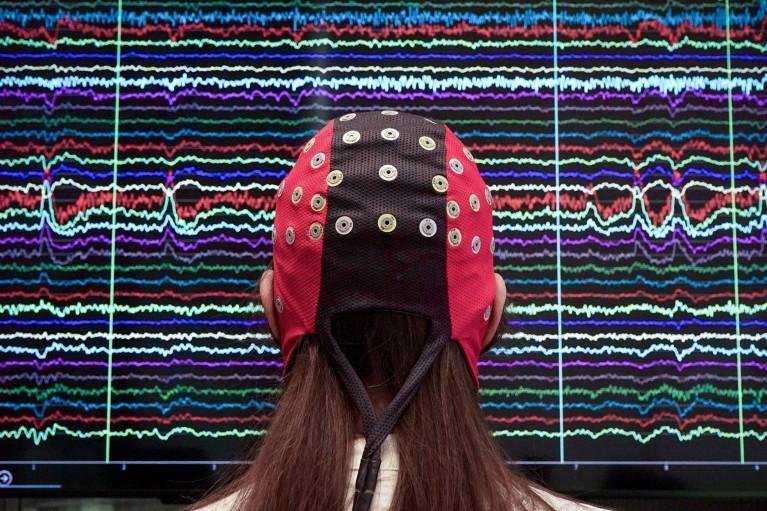In the ever-evolving landscape of technology, a new frontier has just opened-where thought meets machine with unprecedented clarity. Mind-reading AI, once a concept confined to the realm of science fiction, is now stepping into reality, promising to reshape how we communicate, understand, and interact with the world around us. As algorithms decipher neural patterns and translate silent intentions into tangible actions, we stand on the brink of a future that blurs the lines between mind and machine. This breakthrough not only challenges our perceptions of privacy and identity but also heralds a transformative era where the future of human connection has truly just begun.
The Rise of Mind-Reading AI Technology and Its Potential Impact
Breaking barriers between thought and technology, recent advancements have propelled AI to an unprecedented capability: deciphering human intentions directly from neural signals. This evolution is not merely an upgrade but a paradigm shift that transforms the way machines interpret emotional states, preferences, and even complex decision-making patterns. The fusion of deep learning with brain-computer interface technologies is enabling devices to respond not just to commands, but to the very essence of human cognition. This invites a future where communication with AI is seamless, intuitive, and deeply personalized.
The potential impacts stretch across multiple domains, promising revolutionary enhancements-and raising significant questions. Here’s a snapshot of areas poised for transformation:
- Healthcare: Real-time monitoring and early diagnosis of neurological disorders through non-invasive mind-reading techniques.
- Education: Customized learning experiences that adapt instantly to student engagement and comprehension levels.
- Entertainment: Immersive experiences shaped dynamically by audience emotions and thoughts.
- Privacy: The borders between private mental spaces and external digital environments blur, necessitating new frameworks for ethical data use.
| Technology | Current Capability | Future Potential |
|---|---|---|
| Neural Signal Processing | Decoding simple commands | Interpreting complex thoughts |
| Emotional AI | Recognizing basic emotions | Understanding nuanced psychological states |
| Brain-Computer Interfaces | Limited interaction devices | Seamless mind-machine integration |

Exploring Ethical Dimensions and Safeguards for Thought Privacy
As mind-reading AI technology advances rapidly, the imperative to establish robust ethical frameworks grows ever more pressing. Protecting the sanctity of an individual’s inner thoughts is no longer a philosophical debate but a tangible necessity. Without stringent safeguards, the line between voluntary sharing and invasive extraction blurs, posing profound risks to personal autonomy and mental freedom. Society must grapple with questions like: Who controls this data? How is consent verified? And what legal mechanisms prevent misuse? These inquiries form the backbone of responsible AI deployment in this delicate frontier.
To navigate this uncharted terrain, policymakers and technologists alike are exploring a range of protective measures:
- Informed Consent Protocols: Ensuring users fully understand how their neural data will be used.
- Encrypted Thought Data: Applying military-grade encryption to shield mental content from unauthorized access.
- Anonymous Data Aggregation: Utilizing de-identified brain signals to preserve privacy while enabling research.
- Legal Accountability: Enforcing strict penalties for exploitation or unauthorized sharing of neural information.
These layers of protection aim to forge a balance where innovation thrives without sacrificing the intimate boundaries of the human mind.
| Ethical Concern | Proposed Safeguard | Expected Impact |
|---|---|---|
| Unauthorized Mind Access | Encrypted Thought Data | Prevents data theft |
| Lack of Informed Consent | Transparent Protocols | Empowers user control |
| Data Misuse in Marketing | Legal Accountability | Deters exploitation |
| Psychological Harm | Ethical Review Boards | Ensures safe implementation |

Applications Transforming Communication, Healthcare, and Beyond
Breakthroughs in mind-reading AI are set to revolutionize the way humans connect and interact. Imagine a world where language barriers fade away as thoughts seamlessly convert into translatable text or speech. Such technology empowers individuals with speech impairments to communicate effortlessly, creating an inclusive dialogue environment previously thought impossible. Across corporate boardrooms and social networks alike, this innovation promises to enhance clarity and empathy, turning fragmented exchanges into fluid conversations powered by direct neural input.
Healthcare also stands on the brink of transformation, with mind-reading AI offering unprecedented insights into patient needs and conditions. By interpreting neural signals, doctors can better understand pain, emotional states, and cognitive function without invasive procedures. This supports more precise diagnostics and personalized treatment plans. Below is a glimpse of potential applications, highlighting their roles in different sectors:
- Communication: Real-time thought-to-text transcription, multilingual conversation facilitation
- Healthcare: Non-invasive monitoring of brain injuries, mental health assessment, pain management
- Education: Adaptive learning based on cognitive engagement, enhancing memory retrieval
- Accessibility: Empowering individuals with disabilities through brain-driven interfaces
| Application Area | Primary Benefit | Example |
|---|---|---|
| Communication | Instant thought translation | Brain-to-text chat apps |
| Healthcare | Enhanced diagnostics | Pain level monitoring |
| Education | Personalized learning | Real-time engagement tracking |
| Accessibility | Improved interaction | Neural-controlled prosthetics |

Guidelines for Responsible Development and Deployment of Mind-Reading AI
As we stand on the precipice of revolutionary neurotechnology, it’s imperative that innovators and policymakers craft a robust ethical framework guiding the use of mind-reading AI. Transparency must be woven into every algorithmic thread, ensuring users are fully informed about data collection and interpretation processes. Consent should be explicit, empowering individuals with control over their neural data. Moreover, stringent privacy safeguards need to be embedded, shielding against unauthorized access or exploitation of such profoundly personal information.
Equally critical is the commitment to equity and inclusivity. Deployment strategies should actively prevent bias, guaranteeing that the AI serves diverse populations fairly and without discrimination. Continuous oversight, through independent audits and community involvement, will cultivate accountability and trust. The table below illustrates key pillars essential for guiding responsible invention and deployment:
| Principle | Description | Impact |
|---|---|---|
| Transparency | Clear explanation of AI functions and data usage | Builds user trust and informed participation |
| Explicit Consent | Voluntary permission before data processing | Respects autonomy and personal rights |
| Robust Privacy | Strong data protection and anonymization | Prevents misuse of sensitive neural data |
| Fairness & Inclusivity | Mitigation of biases in AI interpretation | Ensures equal benefits across society |
| Continuous Oversight | Regular audits and stakeholder engagement | Maintains accountability and responsiveness |
To Conclude
As the boundaries between thought and technology continue to blur, mind-reading AI stands not just as a testament to human ingenuity but as a beacon illuminating the uncharted territories of our future. What once belonged to the realm of science fiction is now unfolding before our eyes-a brave new chapter where the mind’s whispers may soon become the language of machines. As we step cautiously into this extraordinary era, one thing is certain: the future has just begun, and its story is ours to write.